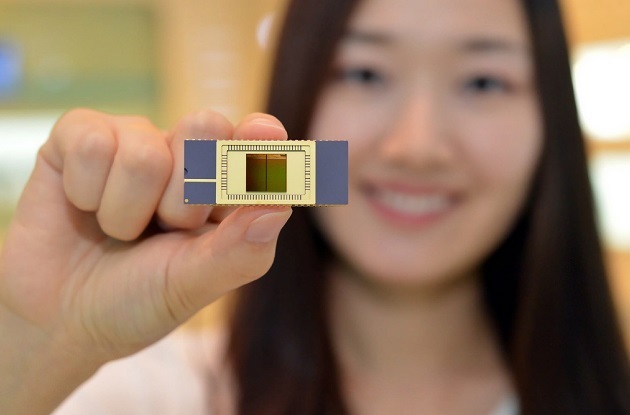Capacity
Obviously it‟s important to get a drive that‟s big enough to hold your operating system, programs and data. The trick is to find the right balance between the right capacity and a reasonable price.
The way flash memory works means that the capacity is based on the base 2 measurement, the same way as RAM. This means that the vast majority of SSDs will come in capacities of 32, 64, 128 or 256 gigabytes, although 512GB and 1TB drives are also available albeit hideously expensive. Some manufacturers label their drive as 30GB, 60GB or 120GB to make the capacities “easier to understand”.
The approach many people take is to buy a SSD for nothing but their Operating System, Applications and documents that they use all the time, relegating all the other data like other documents, music, pictures and videos to a secondary, magnetic drive (whether internal or external).
In this scenario, a 64GB drive is perfect for most users whereas users with lots of large applications (such as gamers) or those wanting to run multiple operating systems (such as dual-booting Windows and Ubuntu) are probably better off with a 128GB drive. Just remember, you can leave free space on a drive but you can‟t make it bigger when you run out of space! It‟s important that you decide what you want to do with the drive and estimate how much space it will take to hold all your programs.
Finally, be wary about buying a drive that is significantly cheaper than all the other SSDs with similar capacities. There‟s usually a very good reason for it!
Brands
Some brands are more reliable than others when it comes to manufacturing SSDs. The main manufacturers are Corsair, Intel, Kingston, OCZ and Samsung. That‟s right, the same companies that make power supplies, processors and RAM are making solid-state drives, too. You‟ll also find familiar storage brands like Western Digital and Seagate making SSDs, but just because they make good magnetic drives doesn‟t necessarily mean that they make good flash drives!
However, the big names aren‟t always the best choice. Although not a well-known name in the mainstream space, a company called Other World Computing (OWC) is highly praised for their extremely high-performance and reliable SSDs. Best of all, these drives are competitively priced, too. Having said that, if you would really prefer the peace of mind of buying from a company that you recognise, you usually can‟t go wrong with a Corsair, Intel or Samsung drive.
Controllers
The controller manages the data on the solid-state drive and keeps track of where the data is kept. It‟s very important to have a decent controller or the performance of the drive is seriously impaired. The first mainstream solid-state drives relied on a controller made by a manufacturer called JMicron. These drives had great sustained read and write performance (that is, they were able to transfer large files much faster than a magnetic drive), but they had big problems with random read and writes, which resulted in extremely high latency and could often cause the computer in question to lock up for a full second or two when performing even simple tasks. That‟s not a very pleasant way to use a computer!
Manufacturers learned from their mistakes quickly and now very, very few (if any) solid-state drives still have this problem, but it‟s still important to keep an eye out for the controller which a particular solid-state drive uses when you‟re shopping for one. If possible avoid SSDs based on a JMicron controller. The main ones you‟ll want to get will use either the Indilinx “Barefoot” or SandForce controllers. Intel and Samsung also make their own SSD controllers that perform well, too.
TRIM Support
TRIM support is extremely important when it comes to buying an SSD. As I mentioned a bit earlier, TRIM is a command which can be utilised by the Operating System to tell the SSD that it has deleted files and gives it the chance to free up pages that aren‟t being used any more by rewriting the block when it‟s not in use. This means that the block doesn‟t need to be rewritten while you‟re trying to write to it, which is what causes the performance degradation in the first place.
The vast majority of drives do have TRIM support, so it‟s more a case of double checking to make sure it has it so that you don‟t end up with one of the few that doesn‟t. Some older drives didn‟t have TRIM support to start with but have a few pins near the SATA connector which allow you to update the controller‟s firmware and add TRIM support that way. It‟s just worth double checking!


